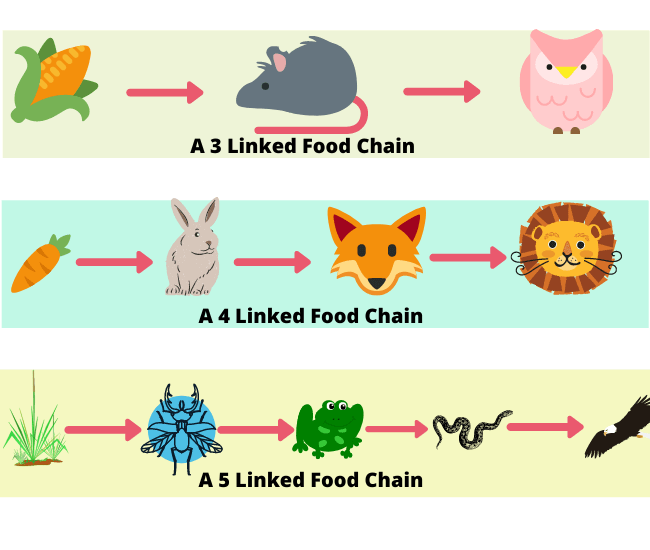Energy Chain for Herbivore – Grade 4

Energy Chain for Herbivore – Grade 4
Energy Chain for a Herbivore
- Sunlight: The energy chain starts with the sun. The sun provides light and heat, which are essential for plants to grow.
- Plants: Plants use sunlight to make their own food through a process called photosynthesis. They take in sunlight, water, and carbon dioxide to produce glucose (a type of sugar) and oxygen. Plants are known as producers because they produce their own food.
- Herbivores: Herbivores are animals that eat plants. They get their energy by eating the leaves, stems, flowers, or fruits of plants. Examples of herbivores include rabbits, deer, and cows.
- Carnivores and Omnivores: Sometimes, herbivores are eaten by other animals called carnivores (meat-eaters) or omnivores (animals that eat both plants and meat). This part of the chain helps pass the energy from the plants to other animals.
- Decomposers: When plants and animals die, decomposers like bacteria and fungi break down their bodies. This process releases nutrients back into the soil, which helps new plants to grow, continuing the cycle.
Here’s a simple way to picture the energy chain:
Sun → Plant → Herbivore → Carnivore/Omnivore → Decomposers
This chain shows how energy flows from the sun to plants, then to herbivores, and finally to other animals and decomposers.
